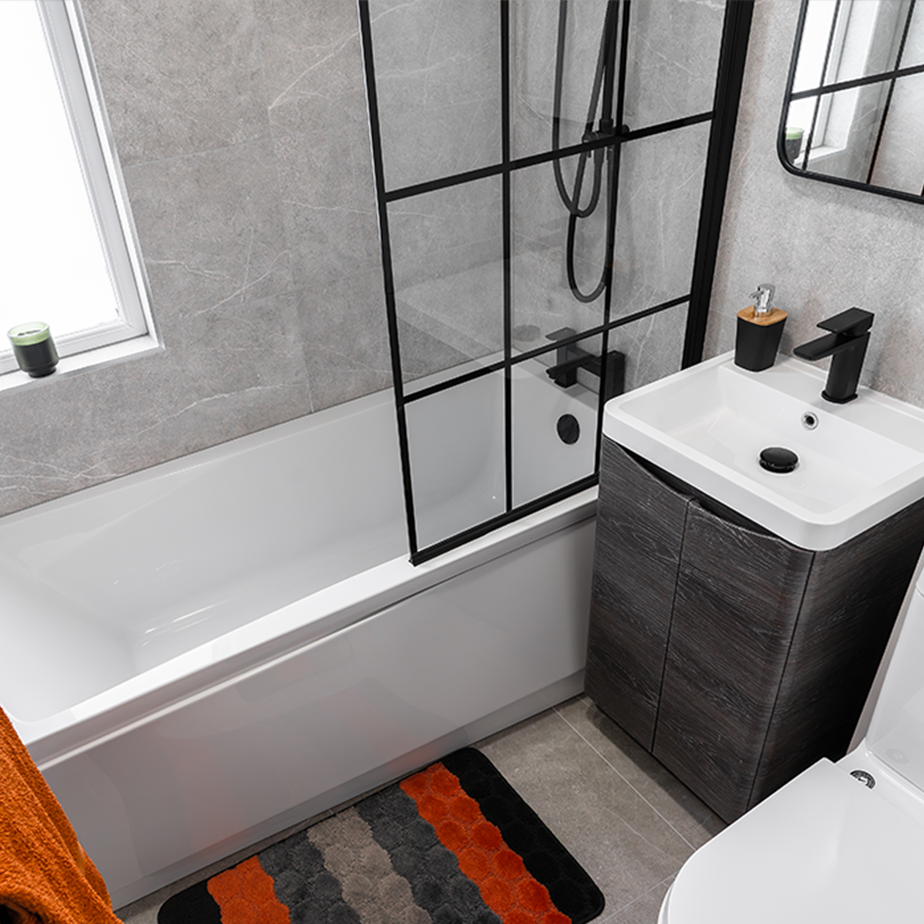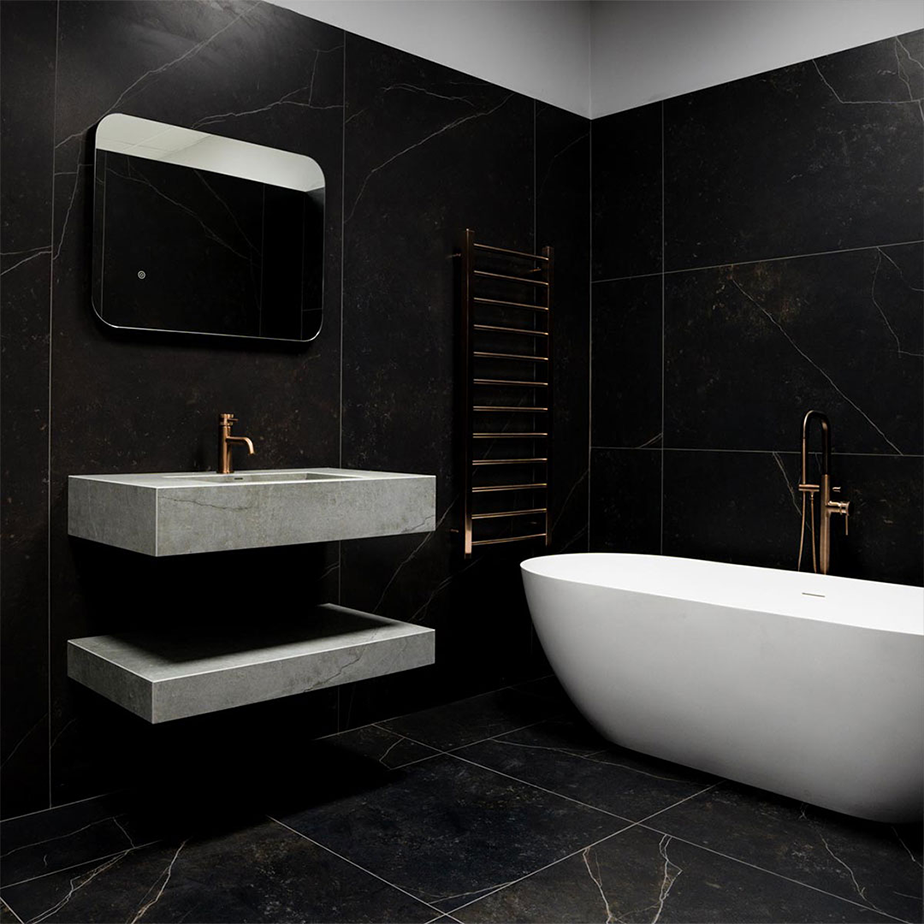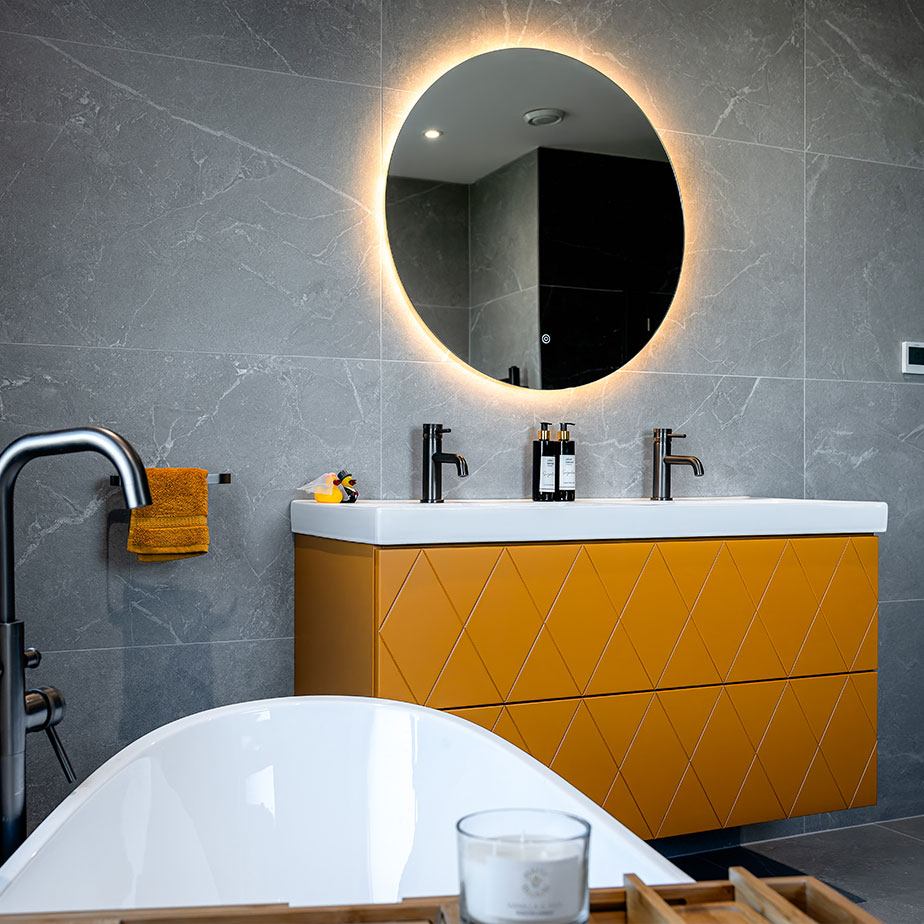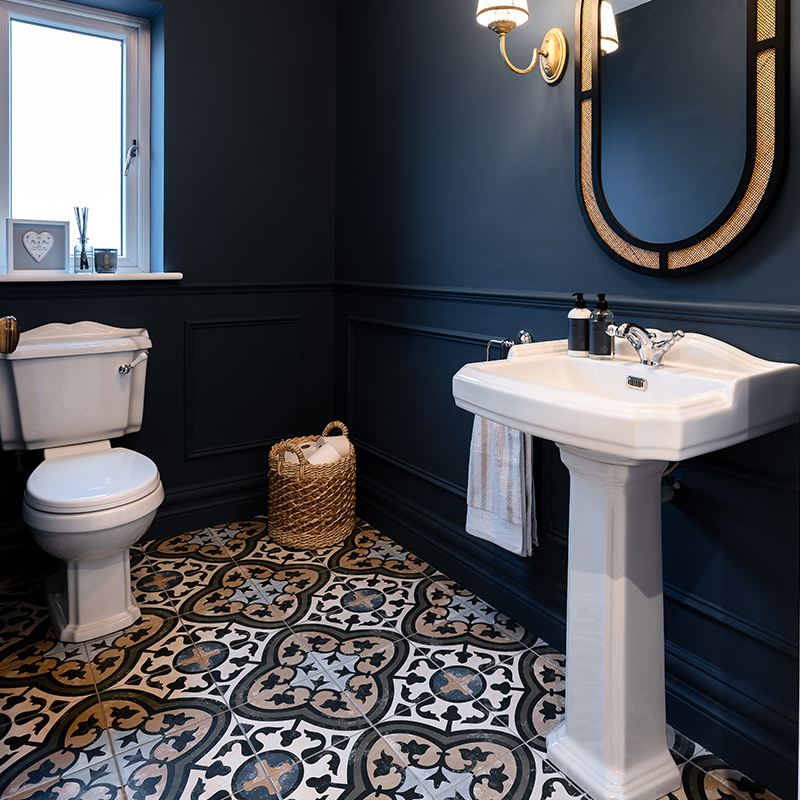6 Great Bathroom Flooring Ideas
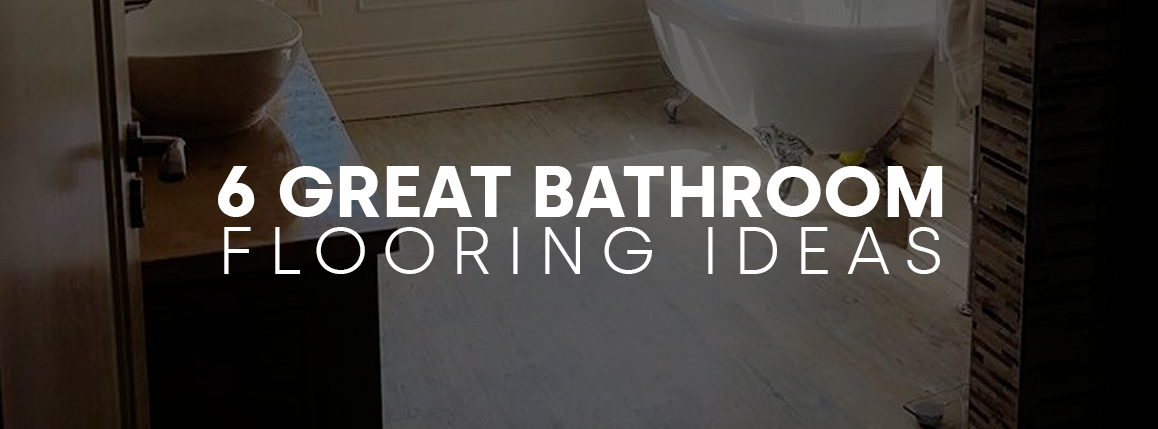
When remodeling your bathroom floor, there are a few considerations to make. What are the preferred colors and designs of the bathroom? Which accessories would you want to include, and what's your budget. The most important considerations are
- Safety
- Waterproofing
- Space
- Style
You wouldn't want your bathroom to be a safety and health hazard. With this in mind, go for tiles specifically made for the bathroom. They are less slippery, dry faster, and are easy to clean. Also, consider your family needs. If you have young children, a physically challenged or older adult, install less slippery tiles. As you think about which bathroom flooring option to choose, here are a few ideas.
Be Bold with Your Choice
Did you know wood can make a perfect choice for a bathroom finish? But the problem is the effect will soon get ruined by all the bathroom moisture. Instead, go for more versatile materials such as hardwood, PVC flooring, and laminate flooring for the same wood effect. With the three options, you won't have to worry about dampness, rot, or mold.
Other bold choices you can go for include cork and rubber, which are not only eco-friendly but are warm, waterproof, and easy to clean.
If you still want to go for wood flooring, consider hardwood floors made from teak or bamboo. Double-check with the manufacturer to ensure they are well suited for the bathroom; that is, they can withstand high moisture levels.
What is the Best Type of Flooring for the Bathroom?
No one choice fits all when it comes to bathroom flooring. As long as you consider safety standards, durability, and the tiles are 100% waterproof, the selection will purely be based on your budget and preferences. Look for more durable options such as ceramic tiles, waterproof core vinyl, and porcelain.
Consider Vinyl Flooring
Vinyl has, over the years, transformed from the cheap option everyone shunned to a sturdy, long-lasting solution that is 100% waterproof. It comes in two options
Stone plastic composite (SPC)- Consists of plastic and stone
Wood Plastic composite vinyl (WPC) – consists of wood and plastic
Composite vinyl flooring is today a luxurious, elegant option for any bathroom flooring. It's a better option than stone and ceramic, which are more slippery, but it works best in any bathroom installation, whether big or small. For smaller spaces, use vinyl tiles and not vinyl sheets.
When You Have a Small Bathroom Floor
If your bathroom floor is small, you need tiles that will make it look bigger and brighter. Use the same tile design and pattern on the walls as on the floor and make sure the installation goes up to the ceiling. It gives the impression of a bigger room.
Also, use medium to larger plain tiles. Smaller, colored tiles will make space look tinier than it is. Dark or dull colors make the room feel cramped and smaller, but brighter tiles with a glossy finishing make it look bigger and inviting. Pattern floor tiles work best in ample spaces.
What are the Best Flooring Options for a Small Bathroom?
- Ceramic tiles
- Laminate flooring
- Cork tiles
- Natural stone tiles
- Luxury vinyl tiles
- Porcelain tiles
White tiles on white walls are the best option for very tiny spaces.
What is the Easiest Flooring to Install in a Bathroom?
Vinyl floor tiles are the easiest to install. You not only have several types to choose from, but they are durable, serving you for at least 15 years. Rigid core engineering wood is also easy to install, and it's an excellent DIY project, and so does waterproof laminate flooring. Stone bathroom flooring is not as easy to install as the above options.
How Do You Ensure the Bathroom Floor is Warm?
In winter, the bathroom floor can be pretty cold, and the last thing you want when stepping out of the bathtub or shower is to step on a freezing, wet floor. You can use warmer flooring options such as porcelain, granite, ceramic, and slate tiles. However, tiles will still feel cold in colder seasons no matter the type you use.
A more permanent option is to install an underfloor heating system. You don't have to step on a cold floor when the system is installed and the tiles dry faster. The installation comes in two options, the dry and wet heating system. The wet heating system has hot water pipes installed under the tiles, while the dry option has electric cables installed.
Installing an underfloor heating system needs a lot of skills, ensure an expert handles the work.
In conclusion, as you install a bathroom floor, take time to understand the available options, your needs, and the cost. Also, work with an installation that suits the bathroom floor space.
